Watermelon is a great first food and a joy to eat during the summer months for babies! Here is how to safely serve watermelon to babies using a baby led weaning approach, including how to cut watermelon for babies of all ages.

Watermelon is one of the most delicious, refreshing summer foods to enjoy on a hot summer day. And it's super easy for parents to cut up a whole melon at once to keep in the refrigerator for kids. I was super excited about giving my babies watermelon, but was also a little confused by how to serve it to my little ones using the baby led weaning approach. No worries, I'm going to clear up the confusing for you now!
Jump to:
When Can Babies Have Watermelon?
Babies can have watermelon as soon as they are developmentally ready for solids, around 6 months of age. It is especially easy to serve using a baby led weaning approach, since babies can pick it up and eat it without any pureeing or straining.
Health Benefits for Babies
Watermelon is high in water (92%!) so it's very hydrating, especially on hot summer days. Watermelon is a good source of vitamins, antioxidants, and amino acids including:
- Lycopene: A powerful antioxidant found in red foods that is good for the eyes and could reduce cancer risk
- Beta-carotene: An antioxidant that supports the immune system
- Vitamin C: Also good for immunity, and for helping iron absorption
- Citrulline: A unique amino acid that could help support healthy blood pressure
How To Cut Watermelon for Baby Led Weaning

To serve watermelon to babies, no special preparation is required, other than some simple knife skills. Here's how to cut watermelon for babies of all ages!
Tip: Be sure to wash the outside of you watermelon before cutting, since it can host bacteria that may cause food borne illness! Remove any seeds prior to serving.
1. Thin wedge or slice, with rind (6+ months)
Young babies can easily grasp a thin wedge of watermelon with the rind and naw on the juicy flesh. Cut wedges about ¼-inch thick.
2. Thin sticks, without rind (6+ months)
If you prefer to offer without the rind, cut watermelon into thin sticks (about ¼-inch) about the length of your finger and as wide as 1-2 adult fingers.
3. Small pieces (9+ months)
Once baby has a pincer grasp, you can cut watermelon into bite-sized cubes (about the size of your fingernail). This is optional, though. Many people find it easier to keep offering wedges or sticks as babies get older, which is perfectly fine! A variety of shapes and textures as babies grow is good practice.
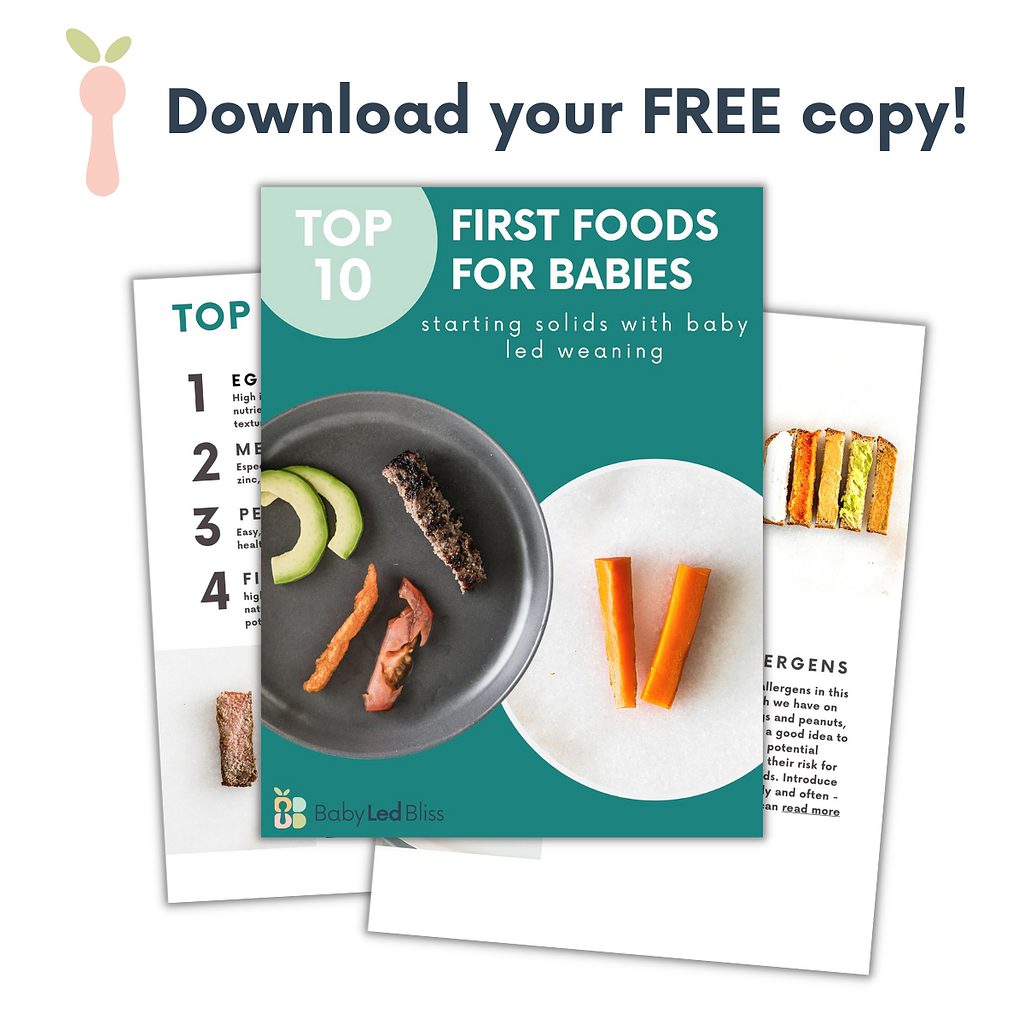
FAQ
Watermelon is not a huge choking hazard like hard, round foods. However, it can be a little more challenging to eat and cause gagging more often than other foods. I recommend removing any seeds and making sure that the watermelon isn't too hard to mash between baby's gums. And as always, make sure you closely supervise any time baby is eating.
Read more: Safety Tips For Baby Led Weaning
Watermelon is not a common allergen. While rare, watermelon may cause Oral Allergy Syndrome for some individuals, resulting in a skin reaction at the site of contact.
Since watermelon contains a high amount of water and a little bit of fiber, it can be good for helping to relieve constipation in babies. It can also cause loose stools if too much is consumed, so if your baby develops diarrhea after eating a lot, you may want to limit how much watermelon is eaten at one time.
Yes. Food passes through babies' digestive systems faster than adults'. Especially if it isn't chewed well, watermelon with red flesh can tint baby's poop red. Don't worry, it isn't blood and it isn't dangerous.
Read more: Other types of melon can be served similarly! See How To Serve Cantaloupe and Honeydew Melon for Baby Led Weaning





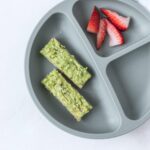





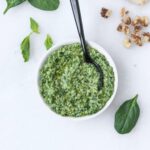

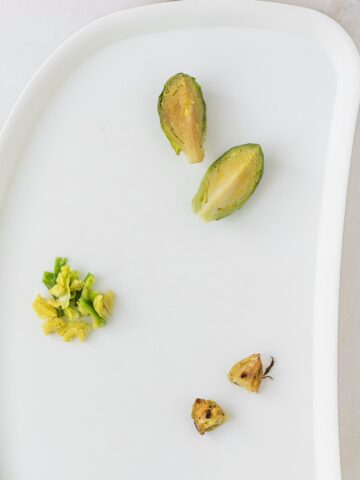
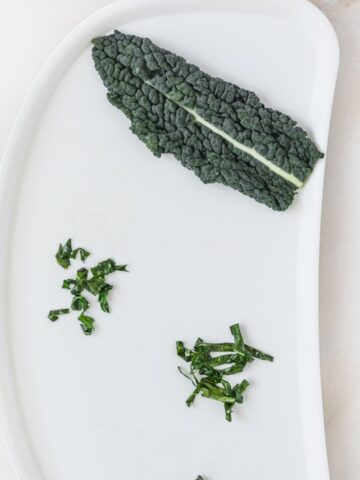
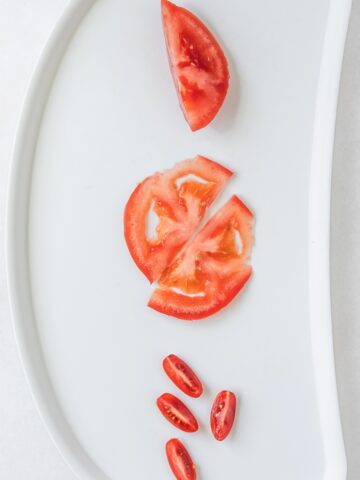
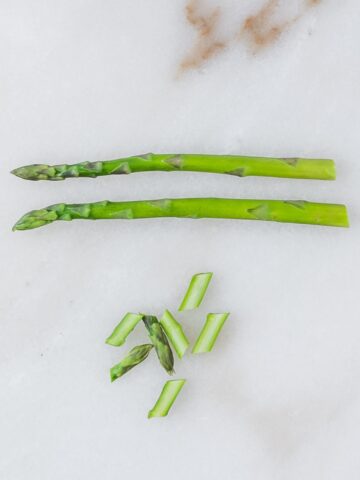
Leave a Reply